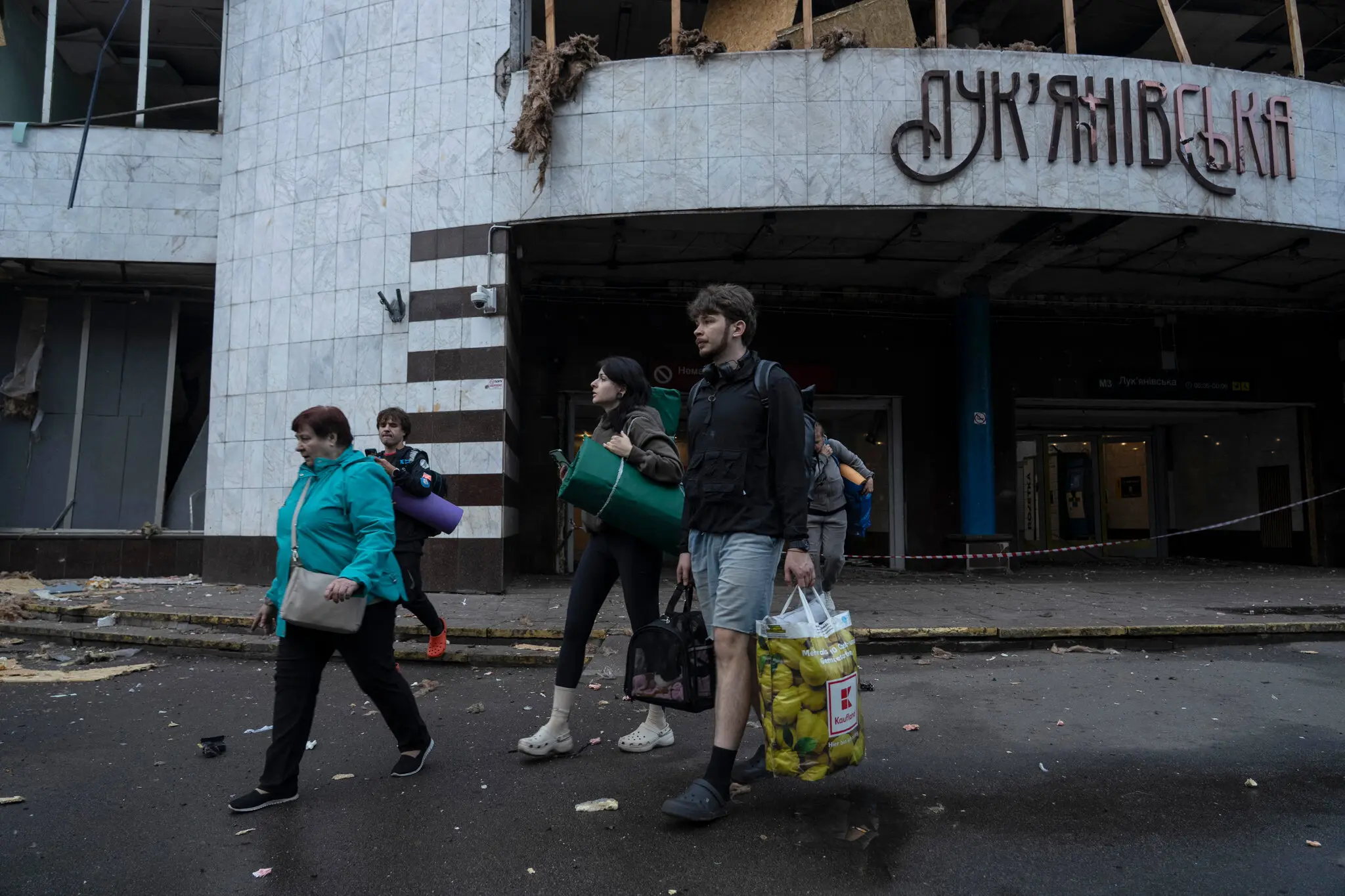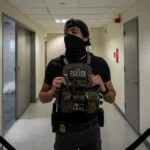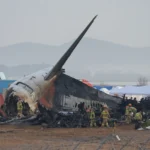steadily escalated in recent months even as cease-fire talks began in the spring. At least one person was killed and several were injured in Kyiv, the capital.
The recent bombardments have caught the attention of President Trump, who cited the Russian bombing campaign when he announced a plan last week to provide new military aid for Ukraine. The attacks early Monday were the first large volleys since that announcement, when Mr. Trump said “we are very unhappy” with Russia.
In Kyiv, the engines of Russian exploding drones flying over the city were heard nearly continuously from after midnight until first light, interspersed with dozens of explosions. The authorities reported fires in four neighborhoods and one fatality.
One blast hit the entrance to the Lukianivska subway station while dozens of people sheltered underground on the platform, sending a cloud of dust wafting down the escalators. Videos circulating on social media showed people in the subway coughing and crying.
Elsewhere in Kyiv, a kindergarten was set on fire by what appeared to be either falling debris or a direct hit from a drone or a missile, officials said.
While Kyiv has long been a target of Russian aerial assaults, recent attacks have also targeted western Ukrainian cities that until recently were havens from the worst violence of the war. Western Ukraine is also a center of military logistics for funneling Western weapons to Ukraine’s Army.
The mayor of Ivano-Frankivsk, a city near the borders with Romania, Hungary, Slovakia and Poland, reported the most intensive strikes of the war early Monday, with missiles and exploding drones.
The escalation of the air war this spring comes as Russia has successfully stepped up its industrial-scale manufacturing of exploding drones and decoys. Moscow’s rate of fire with older-model cruise and ballistic missiles has remained steady.
Russia this month launched 728 drones and decoys in a single night, according to the Ukrainian Air Force. That is more than the 426 Russia fired in the whole month of July last year, the air force said. The air force did not provide an immediate estimate of the number of drones that were used in the attacks early Monday.
Beyond the damage from direct hits, the drones have a psychological effect in depriving civilians and soldiers of sleep during overnight attacks. They also signal to the Ukrainian population that all locations in Ukraine are at risk of frequent attacks by Russia.
The recent attacks by Moscow have ramped up and have shown no sign of relenting even as the Trump administration seeks to end the war with cease-fire talks.
Mr. Trump has recently shifted from a policy of blaming Ukraine for causing the invasion to one aimed at helping the country to defend itself more effectively. Last week, he announced a plan to allow European nations to transfer American-made Patriot air defense missiles to Ukraine while buying replacements from the United States.
At the same time, Ukraine has also been conducting long-range drone strikes into Russia, including a barrage overnight Saturday into Sunday. Russia’s military said it had shot down more than 230 drones in the attacks, which delayed flights at Russian airports but did not appear to have caused any casualties.



